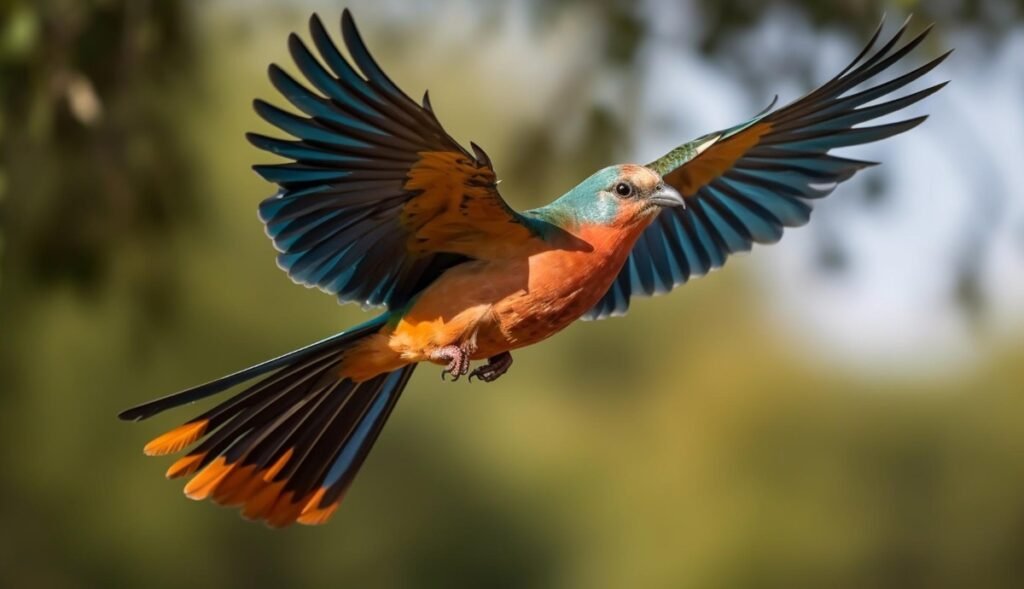Birds nesting in your vents can be a real nuisance, posing risks to your home’s structural integrity and potentially spreading disease. It’s crucial to address this issue promptly and humanely to ensure the safety and well-being of both you and the birds.
How to Get Birds Out of Vents
This guide will provide you with a step-by-step approach to safely and effectively remove birds from your vents, along with preventative measures to keep them from returning.
Understanding the Problem
Birds often seek out vents for nesting due to their enclosed, sheltered nature. However, their presence can lead to several problems:
- Damage to vents and insulation
- Spread of parasites and diseases
- Unpleasant odors
- Noise pollution
How to Get Birds Out of Vents
Birds seeking shelter, nesting sites, or a quick meal can sometimes find their way into your home’s ventilation system. While these feathered visitors might seem harmless, their presence can lead to a variety of problems, including damage to your vents, spread of droppings and parasites, and unpleasant odors. Fortunately, there are several effective methods to safely and humanely remove birds from your vents.
Identifying the Problem
Before you start any removal process, it’s important to confirm that you indeed have birds in your vents. Listen for chirping or other bird noises coming from the vents, especially in the early morning or evening. You might also notice droppings or feathers around the vent openings.
Signs of Bird Infestation
- Unusual noises coming from vents, such as chirping, scratching, or flapping.
- Fecal matter (droppings) found around vent openings or inside the house.
- Feathers scattered near vents.
- A musty or unpleasant odor emanating from vents.
- Damaged vent covers or screens.
Prevention is Key
Once you’ve successfully removed birds from your vents, take steps to prevent future infestations. This includes:
Sealing Entry Points
Inspect your vents carefully for any gaps, holes, or loose screens. Use caulk, expanding foam, or wire mesh to seal any potential entry points. Make sure the screens are securely fastened and in good repair. (See Also: How To Keep Birds From Nesting In Rafters)
Trim Overhanging Branches
Birds often use overhanging branches as a launching pad to reach vents. Trim back any branches that are close to your roof or vents.
Remove Attractants
Keep your yard clean and free of debris that might attract birds, such as spilled birdseed, fruit, or standing water.
Humane Removal Methods
There are several humane methods for removing birds from your vents. Choose the approach that best suits your situation and comfort level.
Trapping
Bird traps can be effective for removing birds from vents. Place a live trap near the vent opening and bait it with birdseed or mealworms. Once a bird is trapped, carefully relocate it to a safe distance from your home.
One-Way Doors
One-way doors are a simple and effective way to allow birds to exit a vent but prevent them from re-entering. Attach a one-way door to the vent opening, ensuring it allows birds to pass through in one direction only.
Professional Help
If you are uncomfortable removing birds yourself or if the infestation is severe, consider contacting a professional wildlife removal service. They have the experience and equipment to safely and humanely remove birds from your vents. (See Also: Why Do Birds Like Shiny Things)
Safety Precautions
When dealing with birds in your vents, it’s important to prioritize safety. Wear protective clothing, such as gloves and a mask, to avoid contact with bird droppings or feathers. Be cautious when working around vents, as they can be fragile and may contain sharp edges.
Cleaning and Disinfection
After removing birds from your vents, it’s essential to thoroughly clean and disinfect the area. Use a disinfectant cleaner to eliminate any bacteria or parasites that may have been present. Vacuum or sweep away any remaining droppings or feathers.
Recap and Key Points
Getting birds out of your vents can be a challenging but manageable task. By identifying the problem, taking preventive measures, and using humane removal methods, you can safely and effectively eliminate these unwelcome guests. Remember to prioritize safety, clean and disinfect thoroughly, and consider professional help if needed.
Frequently Asked Questions: How to Get Birds Out of Vents
Why are birds getting into my vents?
Birds are attracted to vents because they offer shelter, a place to nest, and a way to access food sources. Vents can provide a warm and protected space, especially during cold weather. They may also be attracted to insects or other small creatures that live near your vents.
How can I tell if birds are in my vents?
Signs of birds in your vents include: unusual noises coming from the vents, droppings near the vent openings, feathers found around the vents, and a musty odor. You may also see birds flying in and out of the vents. (See Also: When Do Birds Mate)
What is the safest way to remove birds from my vents?
The safest way to remove birds from your vents is to contact a professional wildlife removal service. They have the experience and equipment to safely and humanely remove birds and prevent them from returning. Attempting to remove birds yourself can be dangerous for both you and the birds.
How can I prevent birds from getting into my vents in the future?
To prevent birds from getting into your vents, you can install vent covers, seal any cracks or holes around the vents, and keep the area around your vents clean and free of debris. You can also use bird deterrents, such as spikes or netting, to discourage birds from landing on or near your vents.
What should I do if I find a baby bird in my vent?
If you find a baby bird in your vent, it’s best to leave it alone unless it appears injured. Mother birds often leave their young unattended for periods of time. If the baby bird is injured or in immediate danger, you can contact a local wildlife rehabilitation center for assistance.


